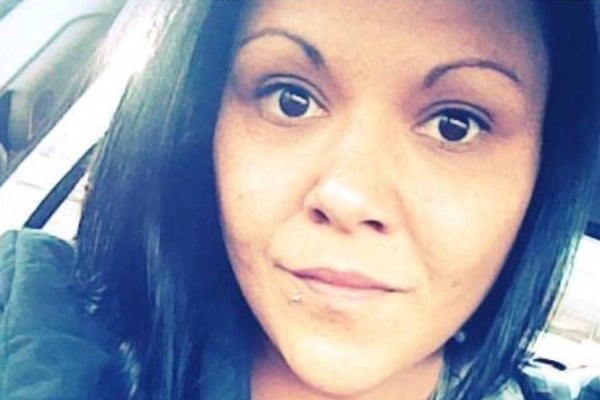
Naomi Williams was six months pregnant with her first baby when she arrived at the local hospital in the small country town of Tumut, NSW, in the early hours of New Year’s Day in 2016.
She’d been vomiting all evening. She had a severe headache, her back kept spasming.
Despite her partner Michael Lampe urging her to go to hospital, the disability worker didn’t want to go. She hated going to hospital and often put it off until she was very sick.
Children in the Indigenous communities of the Kimberley, Western Australia, tell us what they aspire to be. Post continues after video.
Naomi had long lost confidence in Tumut hospital staff’s ability to help her, having visited 18 times in the seven months prior with vomiting and nausea, sometimes diarrhoea and dehydration, only to be discharged each time with no relief or explanation of the pain she was suffering. In her 18 visits, she had never been referred to an obstetrician or a gut specialist, instead she was repeatedly referred to mental health or drug and alcohol services – even though Naomi had no history of drug or alcohol problems and the services had already determined she had no dependence issues.
She felt that the hospital staff were ignoring her pleas; they’d already written her off as a drug addict. She kept telling the friends and family who urged her to go to hospital that she “wasn’t getting treated right” and they “wouldn’t find out what was wrong with her”.




























































































